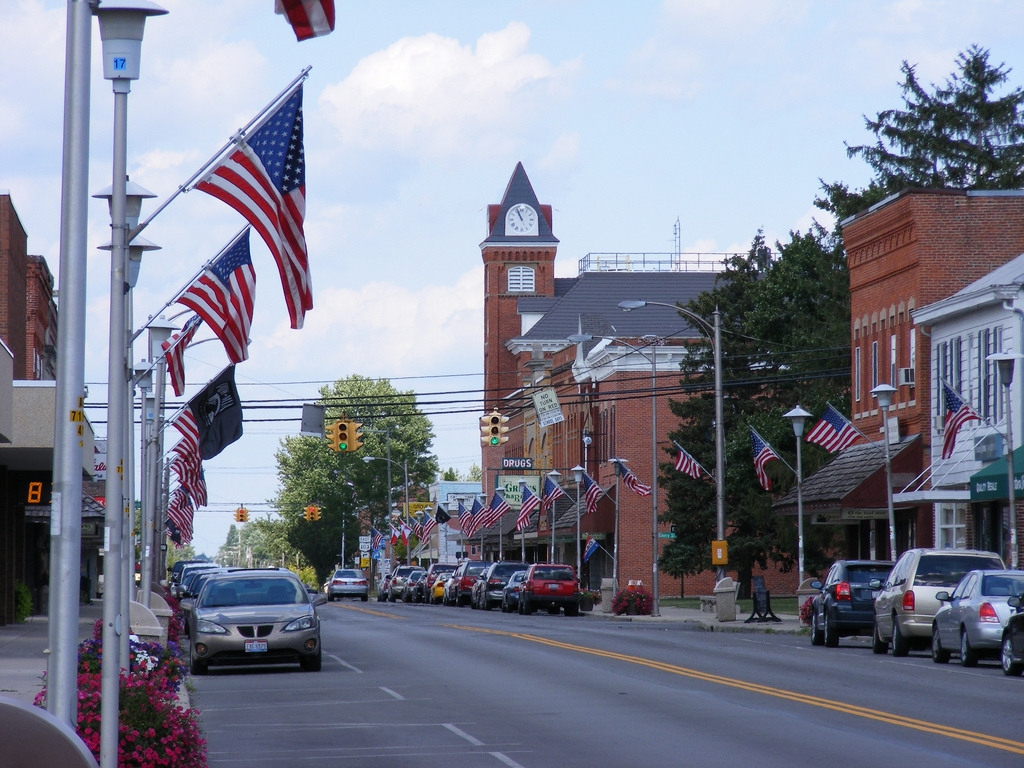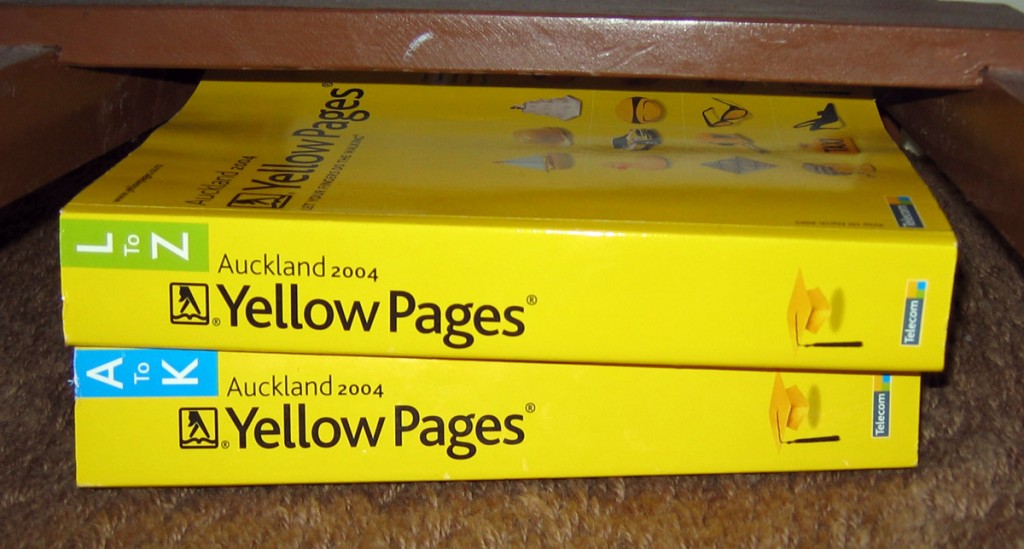Beyond the Big Yellow Book
Help your customers find your brick-and-mortar business or service.
Remember the Yellow Pages? You may still receive a digest-sized Yellow Pages every year or two, but you might be hard-pressed to identify its current whereabouts. (I think mine might be sitting on a lower bookshelf; it’s too small these days to be useful as a doorstop.) But some local businesses still invest money in Yellow Pages advertising, because they feel that there are enough potential customers still browsing the Yellow Pages to make that advertising pay off.
I’m not here to argue against use of the Yellow Pages* — but your online presence is just as important, if not more important. Customers who used to thumb through that “big yellow book†are now firing up their laptops or iPhones and typing your service or product, along with their location, into a Google search box.
What do I mean by “online presence?†You don’t need a fancy website full of bells and whistles. You don’t need ecommerce, or LiveChat, or a 24-hour streaming videocam. You need, at the very least, a page or two listing your business, your location, your hours, your contact info, and your statement about your products and/or services. Your site design should be mobile-friendly, so those customers on the go can read it on their smartphone or tablet screens. And your one or two pages should be search engine-optimized, so your future customers, searching “your product your city your state†in Google or Bing see your site as the top result.
It’s true that online Yellow Pages, other aggregators, and review sites like Yelp or Angie’s List, may already have listings for your business. But you shouldn’t let third party websites deliver your message about your business. Take control of your messaging: when your site is up and running, contact these third party sites, and others which could be relevant for your business, to add your website to their listings.
If you want to build out your site’s features, you can also:
-
Add your entire product or inventory list, and make it searchable. This helps with search engine optimization.
-
Link your site to a social media account, like Facebook, Twitter, or Foursquare.
-
Post updates about sales and specials.
-
Add testimonials from satisfied customers.
-
Feature an events calendar.
-
Add a blog, or video.
-
Promote other friendly businesses nearby.
We find that our most successful brick-and-mortar customers are those who use their websites as an information portal, to share information about events, sales, and other happening at their physical locations. The website draws visitors to the physical store, then visitors return to the website… the goal is to turn a single visit or transaction into an ongoing, mutually rewarding relationship.
Blogs, online mailing lists, social media, and events calendars can all help with this process. If this seems like a lot to keep track of, just make sure the basics are visible, so that your customers can find you, know when you’re open, and what you have to offer. Still not sure where to start? Yes Exactly can help.
*For a thoughtful overview of current trends for Yellow Pages use, check out this post from Chris Silver Smith.
Downtown Bluffton By Major optics (Own work by author) [CC-BY-3.0], via Wikimedia Commons. Auckland Yellow Pages By Andrew Sullivan Kabl00ey (Own work) [GFDL or CC-BY-SA-3.0-2.5-2.0-1.0], via Wikimedia Commons.


